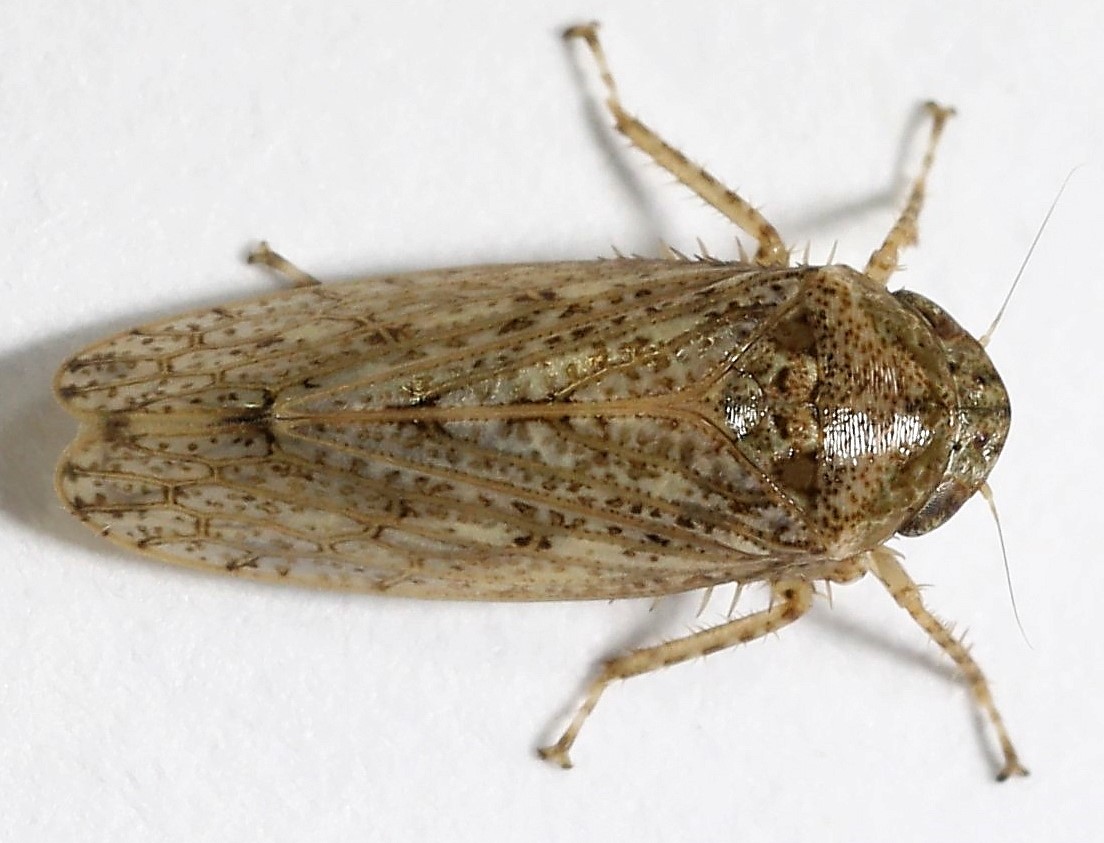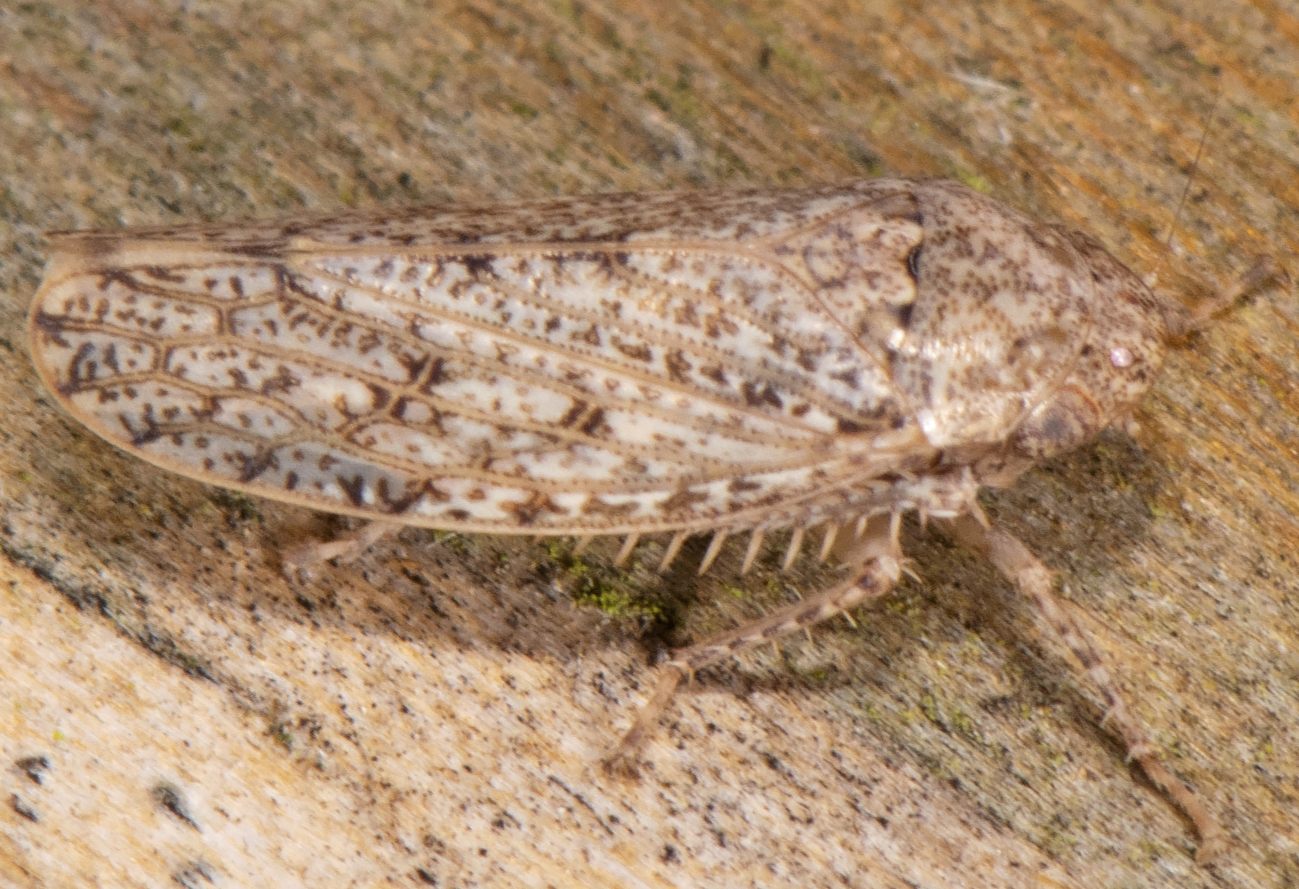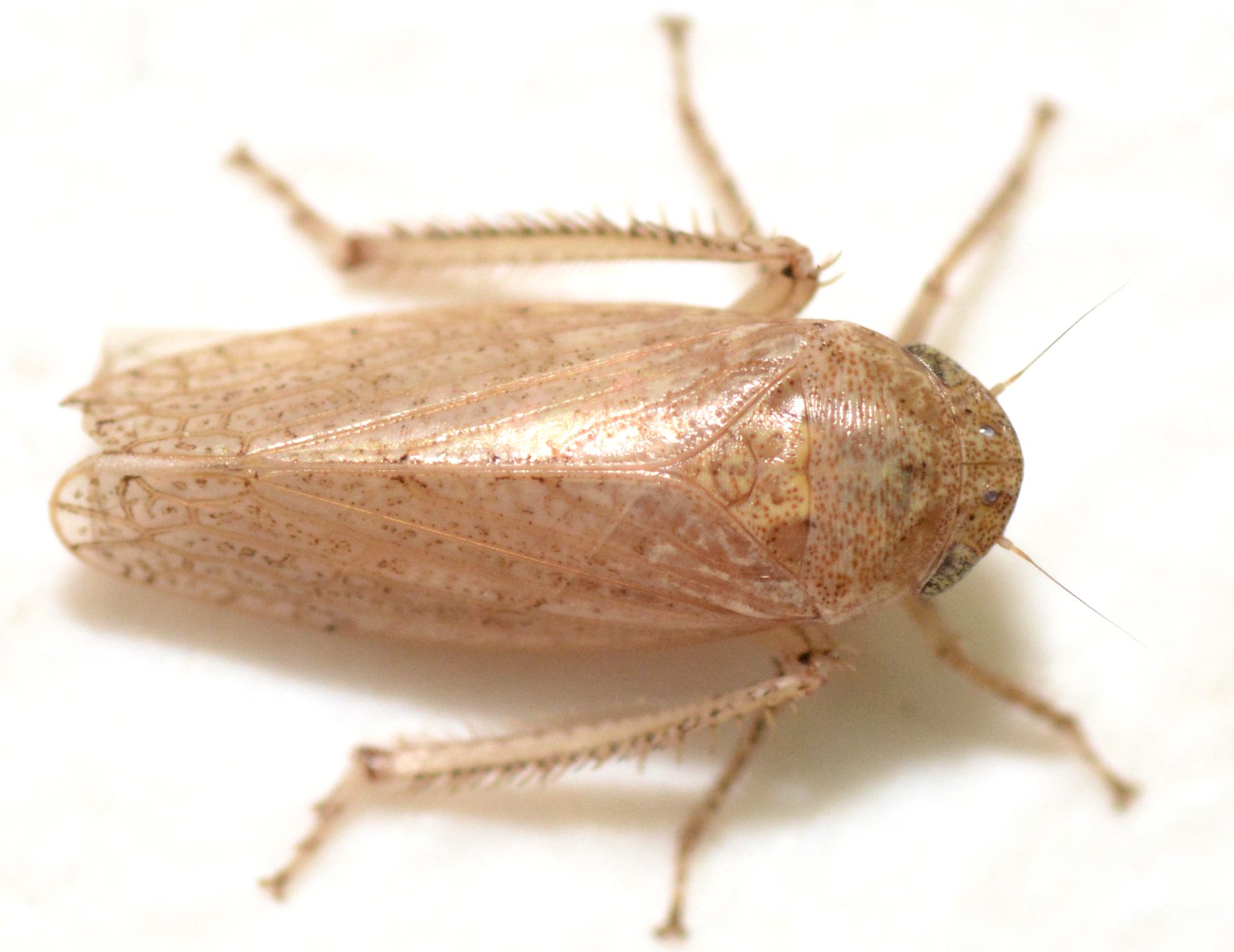Species Photo Gallery for Curtara insularis Ringspot Leafhopper 36 |
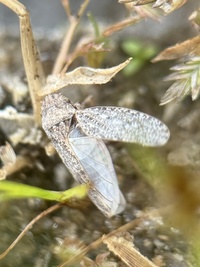 | Photo by: Larry Chen, Sarah Toner
Chatham Co.
Comment: |  | Photo by: Ken Kneidel
Mecklenburg Co.
Comment: 8.5 mm female came to UV light at night |
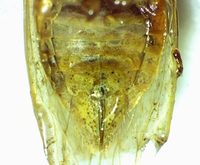 | Photo by: Ken Kneidel
Mecklenburg Co.
Comment: female stuck in Tanglefoot on a tree band, active between mid December when the bands were put up and 1/12; the light oval area in the pronotum is an air pocket, probably created when pulled from the sticky Tanglefoot |  | Photo by: Ken Kneidel
Mecklenburg Co.
Comment: female stuck in Tanglefoot on a tree band, active between mid December when the bands were put up and 1/12; the light oval area in the pronotum is an air pocket, probably created when pulled from the sticky Tanglefoot |
 | Photo by: Ken Kneidel
Mecklenburg Co.
Comment: male stuck in a tree band put up in mid-December, hence active between then and 1/12 | 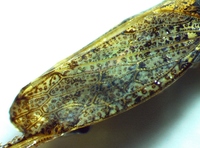 | Photo by: Ken Kneidel
Mecklenburg Co.
Comment: male stuck in a tree band put up in mid-December, hence active between then and 1/12 |
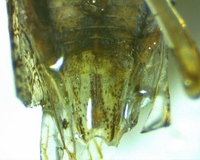 | Photo by: Ken Kneidel
Mecklenburg Co.
Comment: male stuck in a tree band put up in mid-December, hence active between then and 1/12 |  | Photo by: Erich Hofmann
New Hanover Co.
Comment: |
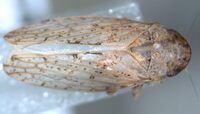 | Photo by: Bo Sullivan
Carteret Co.
Comment: Female |  | Photo by: Bo Sullivan
Carteret Co.
Comment: Female |
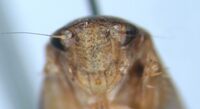 | Photo by: Bo Sullivan
Carteret Co.
Comment: Female | 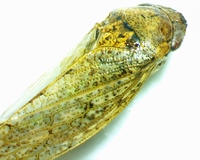 | Photo by: Ken Kneidel
Mecklenburg Co.
Comment: 7 mm male, stuck in Tanglefoot in a tree band on Willow Oak. |
 | Photo by: Ken Kneidel
Mecklenburg Co.
Comment: 7 mm male, stuck in Tanglefoot in a tree band on Willow Oak. |  | Photo by: Ken Kneidel
Mecklenburg Co.
Comment: 7 mm male, stuck in Tanglefoot in a tree band on Willow Oak. |
 | Photo by: Ken Kneidel
Mecklenburg Co.
Comment: 7 mm male, stuck in Tanglefoot in a tree band on Willow Oak. |  | Photo by: Cindy Darnell
Durham Co.
Comment: Attracted to yellow porch light. |
 | Photo by: Cindy Darnell
Durham Co.
Comment: Attracted to yellow porch light. | 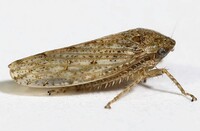 | Photo by: Rob Van Epps
Mecklenburg Co.
Comment: Abersham Park. Caught sweeping. |
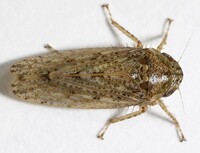 | Photo by: Rob Van Epps
Mecklenburg Co.
Comment: Abersham Park. Caught sweeping. | 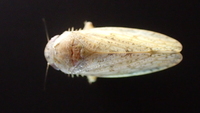 | Photo by: Erich Hofmann
New Hanover Co.
Comment: https://www.inaturalist.org/observations/60970175 |
 | Photo by: Erich Hofmann
New Hanover Co.
Comment: https://www.inaturalist.org/observations/60970175 | 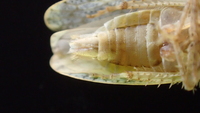 | Photo by: Erich Hofmann
New Hanover Co.
Comment: https://www.inaturalist.org/observations/60970175 |
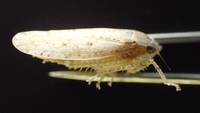 | Photo by: Erich Hofmann
New Hanover Co.
Comment: https://www.inaturalist.org/observations/60970175 | 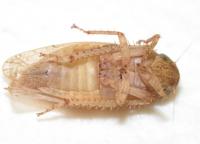 | Photo by: Kyle Kittelberger, Brian Bockhahn, Paul Scharf
New Hanover Co.
Comment: marshy, reedy area; female, 8.0 mm |
 | Photo by: Kyle Kittelberger, Brian Bockhahn, Paul Scharf
New Hanover Co.
Comment: marshy, reedy area; female, 8.0 mm | 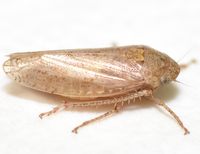 | Photo by: Kyle Kittelberger, Brian Bockhahn, Paul Scharf
New Hanover Co.
Comment: marshy, reedy area; female, 8.0 mm |
 | Photo by: Kyle Kittelberger, Brian Bockhahn, Paul Scharf
New Hanover Co.
Comment: marshy, reedy area; female, 8.0 mm |  | Photo by: Robert Meehan
Durham Co.
Comment: https://www.inaturalist.org/observations/33839056 |
 | Photo by: Mark Shields
Onslow Co.
Comment: unid_leafhopper | 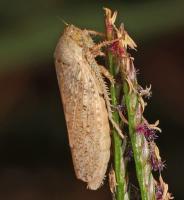 | Photo by:
Cumberland Co.
Comment: female; https://www.inaturalist.org/observations/35152274 |
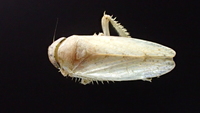 | Photo by: Erich Hofmann
New Hanover Co.
Comment: https://www.inaturalist.org/observations/59240002 | 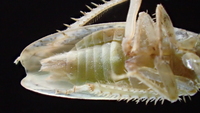 | Photo by: Erich Hofmann
New Hanover Co.
Comment: https://www.inaturalist.org/observations/59240002 |
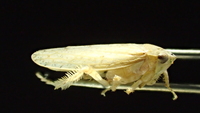 | Photo by: Erich Hofmann
New Hanover Co.
Comment: https://www.inaturalist.org/observations/59240002 | 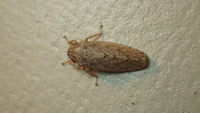 | Photo by: Erich Hofmann
New Hanover Co.
Comment: https://www.inaturalist.org/observations/62083684 |
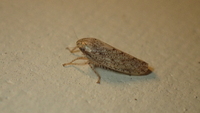 | Photo by: Erich Hofmann
New Hanover Co.
Comment: https://www.inaturalist.org/observations/62083684 | 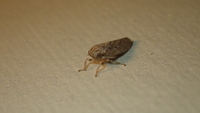 | Photo by: Erich Hofmann
New Hanover Co.
Comment: https://www.inaturalist.org/observations/62083684 |
|

 »
»